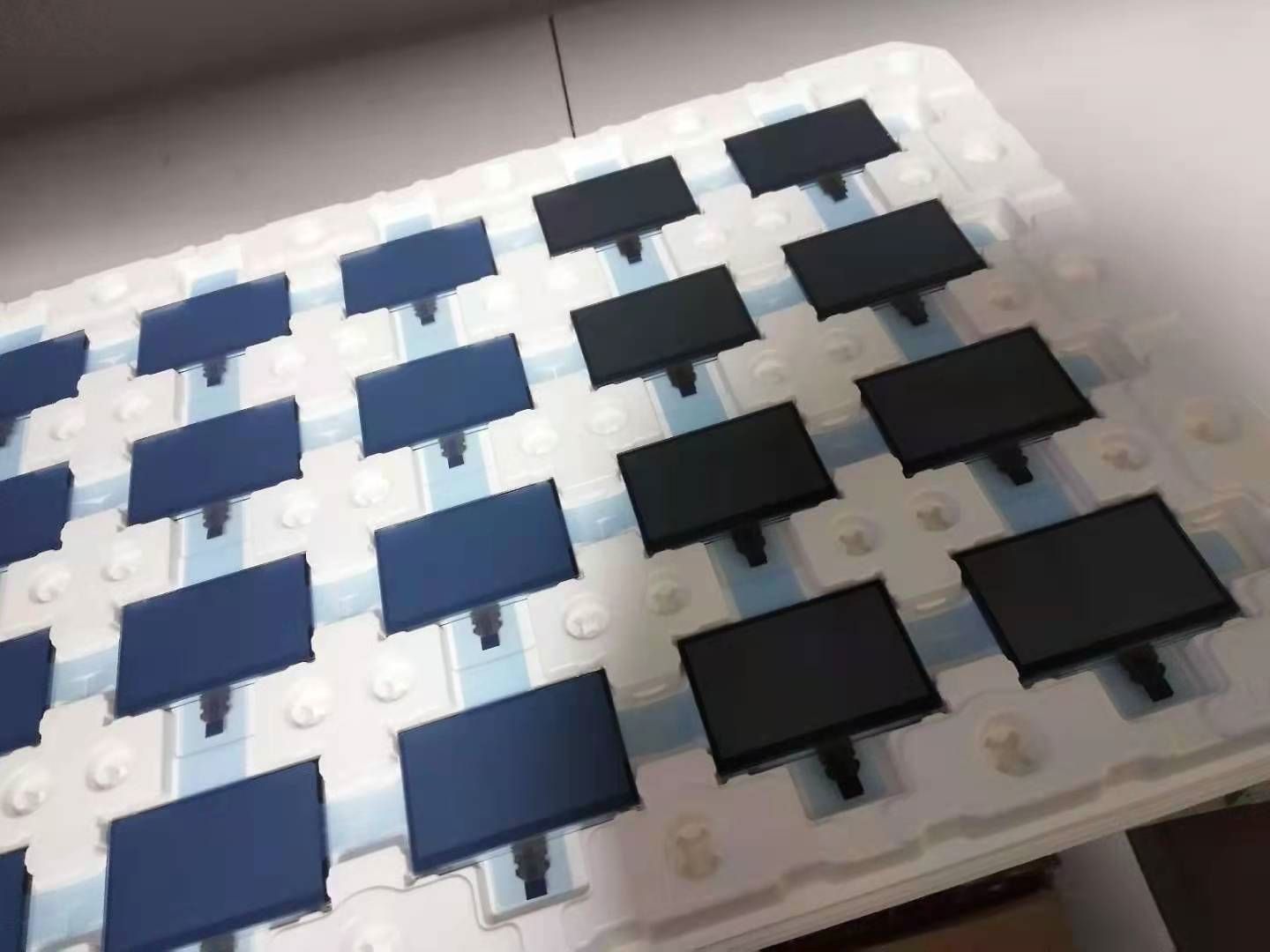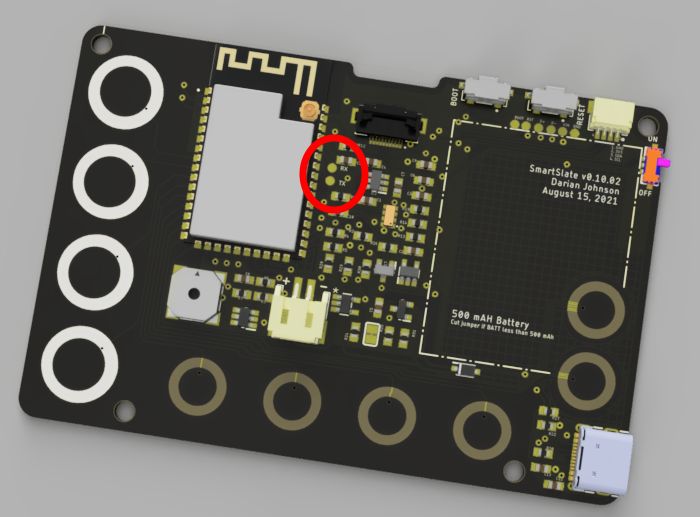Project update 4 of 9
Component Procurement, Software Updates, and Other Notes
by Darian JWe are, as of this update, 270% funded with 16 days remaining the campaign! Once again, thank you for your support of Newt.
We’ve just placed an order for the first batch of Sharp displays (which are the most difficult part to get) and have started the procurement process for the remaining components.
Software Updates
We continue to make progress on the Newt software. Over the last week, we’ve:
- Upgraded to the latest version of the ESP32 Arduino library (v2.0.2, built on ESP 4.4-beta)
- Added Over-The-Air update functionality; we believe this will make it easy for all users of Newt (experienced makers, novices, and non-makers) to upgrade to the latest code base
- Explored adding a "Puzzle of The Day" feature - either using a rebus puzzle, number puzzle, or word game
Questions from the Community
We also wanted to share additional questions and enhancement requests we recieved from the maker community.
Q: Are the GPIO pins available for external control of devices?
No, we do not break out additional pins on the Newt. We decided agaist this because we think pin holes disrupt the "clean" look we are going for (we did our best to minimize vias and component mounting holes on the board - most are hidden behind the screen).
We instead added a Qwiic/Stemma QT connector on the back of the board. This gives makers the ability add sensors and components via I2C. Makers can even add additional GPIO with a pin expander (using the MCP23017, MCP23008, or AW9523).
And, for extra crafty makers, we have eight small pads on the back of the board. These pins are used for programming purposes; however two of them (RX and TX) could be repurposed as GPIO. These pins are located next to the ESP32-S2 module and require fine soldering skills to connect a thin wire (or alternatively a pogo pin). That being said, we recommend that users stick to the Quiic connector - it’s easier to use and should cover most needs.
Q: As a suggested future enhancement, can you add local tidal information?
The short answer is yes, we can add this feature if we can find an API that uses location information to provide tidal details.
This leads to a larger question: How do users add API functions to Newt?
We’re still working through a simple way to give users the ability to expand on the server-side code that sends data to Newt devices. Our current plan is to provide our "Newt cloud" code via Git and give users recommendations on how to build their own "mini-cloud hub" (leveraging free services like Google Scripts and Adafruit IO). We’ll continue to think about this and welcome any thoughts from the community.





